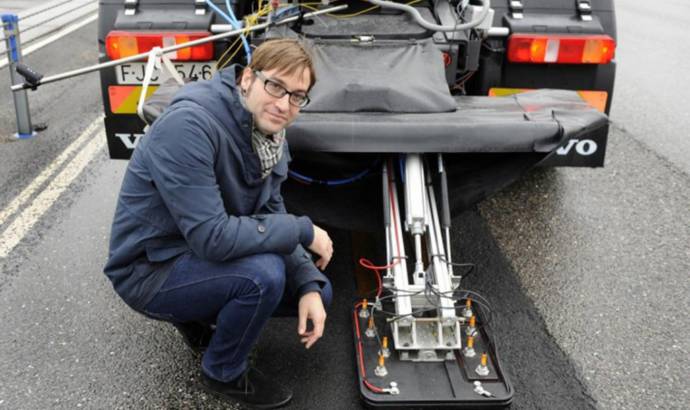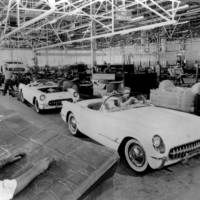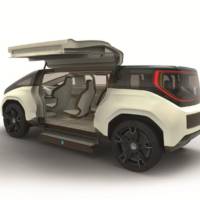Consider a future where trucks and buses are continuously supplied with electric power without carrying large batteries. Instead, power lines are built into the surface of the road. This could be a future solution for long-distance trucks and buses running on electricity.
The Volvo Group already has extensive knowledge about electric drivetrains, but in order to become world leading in sustainable transport solutions, the Volvo Group must find even more solutions that allow the vehicles to operate on renewable energy. A great deal of this energy will be distributed as electricity, but the challenge is all about supplying the vehicle with electricity power when needed.
But for long-distance trucks this will not work since they stop infrequently and to cope with this task they would need so many batteries that there would be no room for any cargo. Instead, a solution is required where power is continuously supplied to the truck from an external source.
The Volvo Group participates in a large Swedish research project to find solutions for this, with the support of the Swedish Energy Agency. The project includes the Swedish Transport Administration, Vattenfall, several universities, vehicle manufacturers and suppliers.
Last year, Volvo built a 400-metre long track at its testing facility in Hällered outside Gothenburg and the company has been testing the system since last autumn.
The method currently being developed and tested by the Volvo Group, together with Alstom, entails two power lines built into the surface of the road along the entire length of the road. A current collector in contact with the power lines will be located on the truck.



